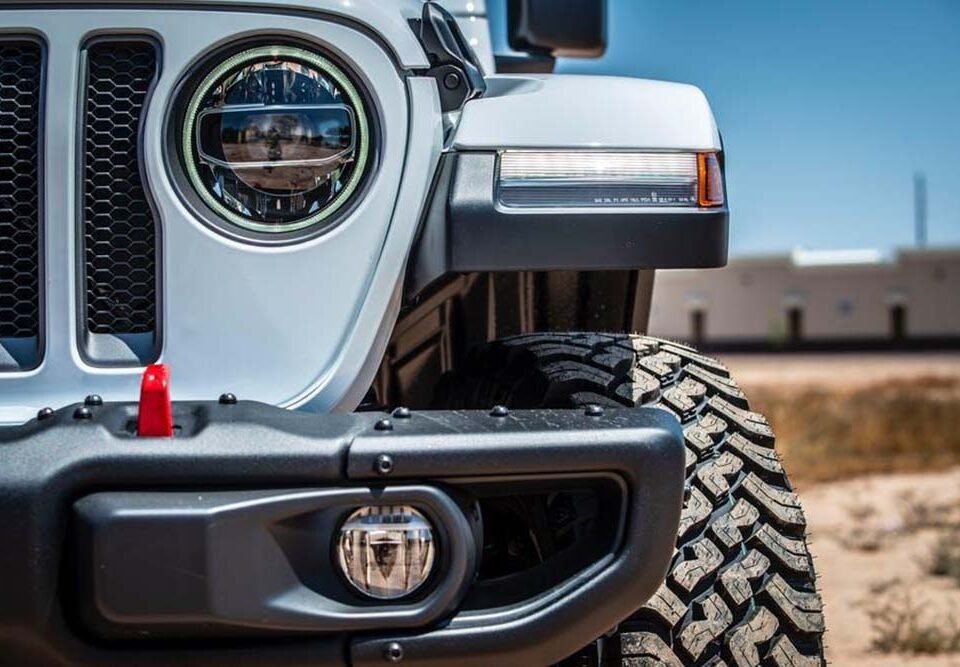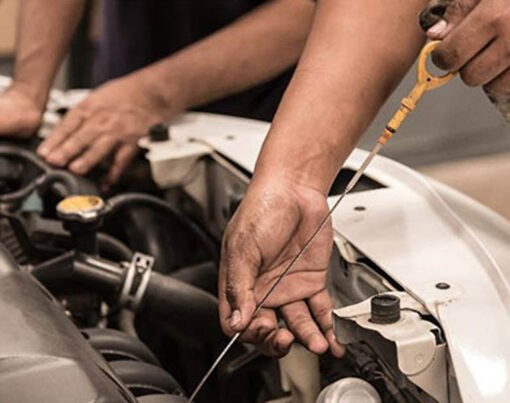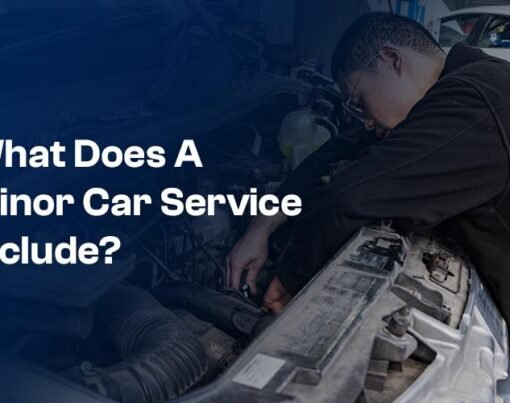Restoring a Jeep is more than a mere pastime. It’s a passionate endeavor that links enthusiasts to the heritage of one of the most iconic American vehicles. Whether you’re a seasoned restorer or your dream of reviving a classic Jeep is just about to begin, you will face a myriad of challenges along the way.
Understanding and preparing for these trials is the key to a successful restoration. Our guide dives deep into the top 8 challenges you’re expected to encounter during your Jeep restoration project.
This serves as a roadmap to avoid common pitfalls and make your restoration experience a richer one. Read on.
Table of Contents
1. Parts and Supply Sourcing
Intended for off-road adventures, Jeeps have a rugged design with robust parts that may not be readily available at your local auto store. The first hurdle is often finding the pieces to replace worn-out components. Genuine parts might be scarce or expensive.
Overcoming the Challenge of Sourcing Parts
Become savvy at hunting and use:
- online forums
- marketplaces
- specialty shops
Networking with fellow enthusiasts can reveal hidden treasures, including spare parts and knowledge. Another cost-effective approach is to source donor vehicles that may have the parts you need, even if they’re not in perfect condition.
Jeep club meets can also be a hotbed for swaps and good finds. For a longer-term strategy, consider 3D printing some components if a model is available. Some shops do offer a jeep in a crate, which is much more cost-effective when looking for parts.
2. Rust and Corrosion
Rust is the bane of old vehicles, often affecting the frame, body, and various structural components. It can quickly become a daunting challenge due to its pervasive and sometimes hidden nature.
Overcoming the Rust and Corrosion Hurdle
Addressing rust begins with proper inspection. Acknowledge that not all damage is visible. Sometimes, you’ll have to remove parts to discover the full extent. Sandblasting and soda-blasting are effective, albeit aggressive, methods for removing rust.
A gentler alternative is chemical rust converters, followed by a primer and paint to protect the metal. Always consider rust-proofing during the restoration to prevent future issues.
3. Electrical System Overhaul
Jeeps from past eras have fairly simple electrical systems. However, years of operation in harsh conditions or poor repairs could lead to complex issues that will challenge your patience and skill.
Overcoming the Electrical System Revamp
Begin by diagnosing the current state of your Jeep’s electrical system. Start with the battery, inspecting the cables, and checking for any obvious signs of damage or corrosion. Invest in a high-quality multimeter and wiring diagrams specific to your Jeep’s model and year.
Work methodically, testing one component at a time to identify and rectify issues. Labeling wires and using a meticulous approach to reassembly will save you time and frustration later on.
4. Engine and Drivetrain Reconditioning
The mechanical heart of your Jeep-its engine and drivetrain requires meticulous attention. Problems here can be a major bottleneck. This is given the complexity of modern Jeep engines and drivetrains.
Overcoming Engine and Drivetrain Revival Challenges
Rebuilding an engine may sound intimidating, but with the right tools, space, and guidance, it is very achievable. Commit to a comprehensive overhaul that includes replacing or reconditioning critical components such as:
- pistons
- the crankshaft
- timing chains
A seasoned mechanic’s assistance, or a good repair manual, can be invaluable. When it comes to the drivetrain, assessing and refreshing components like the transmission and differential is best done while the Jeep is disassembled.
5. Bodywork and Paint
Recreating a Jeep’s original glory or customizing its look demands proficiency in bodywork and painting. These skills are both technically demanding and time-consuming.
Overcoming the Bodywork and Painting Challenge
Prioritize high-quality work and patience during the bodywork phase. Use a variety of techniques to repair dents and dings, from pounding them out to using body filler. When it’s time to paint, preparation is paramount.
This includes using the right primers, sealers, and surfaces to ensure the paint adheres properly. Invest in good equipment or seek professional assistance if you’re not confident about your skills. Remember, the finish is the first thing people notice, and a good paint job can dramatically enhance the overall restoration.
6. Upholstery and Interior Restoration
The interior of a Jeep is where restoration can get personal. Upholstery, dashboards, and accessories like radios can be specific to a certain model and year, adding a layer of complexity to restoring this part of the vehicle.
Overcoming the Upholstery and Interiors Challenge
Catalog your progress with pictures, label removed screws and parts, and organize hardware. This documentation will greatly assist you during reassembly.
When sourcing or restoring upholstery, pay close attention to color, style, and whether it includes OEM or aftermarket parts. For those not confident in working with automotive upholstery, professional work should be considered to maintain that factory-fresh look.
7. Authenticity and Originality
Jeep restoration purists often strive for authenticity, seeking original parts and finishes. This pursuit can sometimes be at odds with practicality and cost, posing an internal challenge for the restorer.
Overcoming the Authenticity and Originality Dilemma
Set realistic goals for originality, understanding that in some cases, modern replacements can improve performance without detracting from the vehicle’s authenticity. If you’re doing a historical restoration for a classic show or exhibition, seek original or OEM parts and follow historical documentation. For those who will drive their restored Jeeps regularly, a mix of original and high-quality aftermarket or refurbished parts can offer authenticity and dependability.
8. Budget and Resource Management
Restoration projects can easily spiral out of control, both in terms of time and money, particularly when unforeseen challenges arise. Managing your budget and other resources is essential to avoid burnout and financial strain.
Overcoming Budget and Resource Management During Restoration
Before turning a wrench, set a realistic budget and timeline for your restoration. Allow a financial buffer for unexpected repairs or the discovery of rare parts. Keep meticulous records of spending and don’t skimp on quality when it comes to crucial aspects like safety.
It’s also good practice to have a contingency fund for any additional work that might be uncovered during the restoration process. Staying organized and prioritizing tasks will also help you stay on track. Remember, a well-managed project is a rewarding project.
Overcoming Challenges for Jeep Restoration
In conclusion, Jeep restoration can bring its own set of challenges. Finding rare parts to overcoming structural damage, requires dedication and patience.
Use this guide and the expertise of experienced Jeep restorers to achieve your dream restoration. Don’t be discouraged by the challenges, instead, let them motivate you!
If you want to read more articles, visit our blog.










